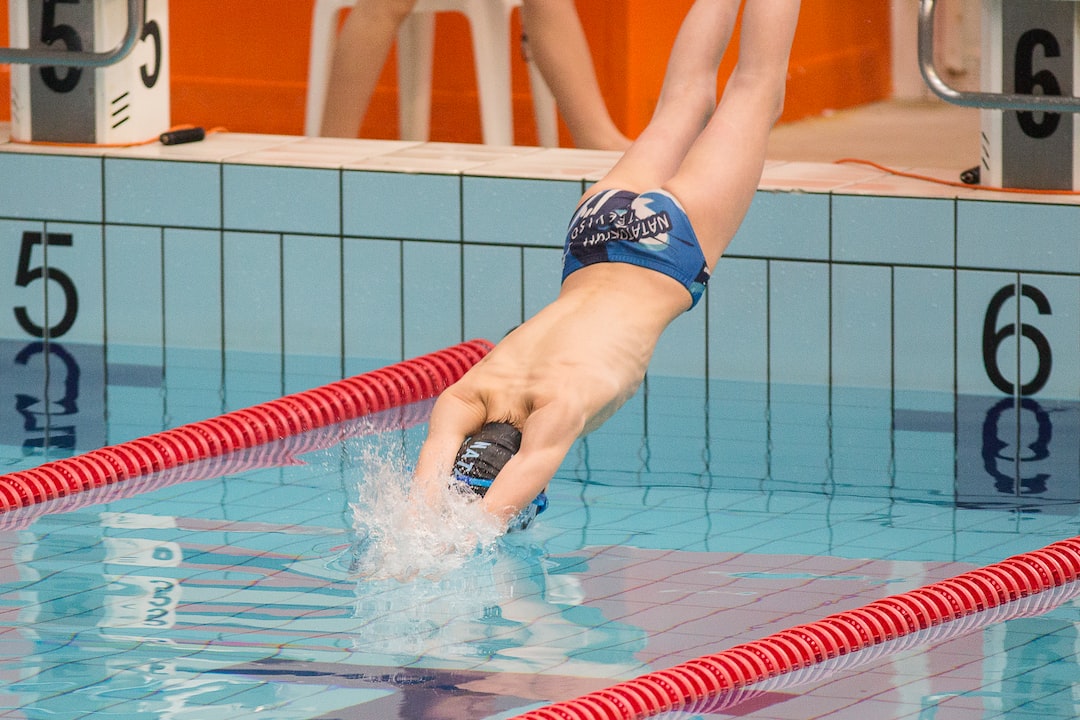Analyzing the Different Track Surfaces Used in Competitive Athletics
When it comes to competitive athletics, the playing field can make a significant difference in the performance of athletes. Track and field events are no exception, with different track surfaces providing varying advantages and challenges. From the traditional cinder tracks to the modern synthetic compositions, let’s delve into the world of track surfaces, examining their impact on athletes and the evolution of these materials over time.
Historically, cinder tracks were the most commonly used surface in athletics. Comprising of crushed cinders or ashes, these tracks provided good traction and cushioning while being relatively easy to maintain. However, they had their limitations. Cinder tracks required regular watering and rolling to maintain their form, making them more susceptible to weather conditions. Additionally, the loose surface material often caused athletes to suffer cuts and bruises on their skin.
As technology advanced, synthetic track surfaces were introduced to overcome the shortcomings of cinder tracks. The first synthetic tracks were made of polyurethane, a material that offered a more consistent and durable surface. These tracks allowed for faster running times due to their improved energy return, while also providing better shock absorption to minimize injuries. The adaptable nature of synthetic tracks also allowed for the construction of banked curves, offering enhanced speed and efficiency during races.
Athletics governing bodies actively promote the use of synthetic tracks, which offer standardized conditions for athletes across different competitions. However, not all synthetic tracks are created equal. There are various types of track surfaces used today, including the well-known Mondo, Tartan, and Rekortan. Each has its unique attributes, influencing the performance of athletes in different ways.
Mondo tracks, for example, are known for their excellent traction and energy return. These surfaces use vulcanized rubber granules, providing outstanding shock absorption while offering athletes optimal grip for explosive starts and quick turns. Usain Bolt, the fastest man alive, set three world records on Mondo tracks during the 2008 Beijing Olympics. The consistent performance of Mondo surfaces has made them a favorite among sprinters and speed-based events.
Tartan tracks, on the other hand, are renowned for their resilience and durability. Composed of multiple layers of rubber and polyurethane, Tartan tracks are designed to withstand heavy usage, making them suitable for stadiums with high activity. These tracks prioritize longevity over sheer speed, making them popular for training purposes and facilities with a long-term focus.
Rekortan tracks strike a balance between Mondo and Tartan, offering a versatile surface suitable for a wide range of athletic events. Incorporating a blend of rubber granules and polyurethane resin, Rekortan tracks have excellent shock absorption properties while also allowing for greater energy return, enabling improved performance in both speed and endurance events.
Apart from synthetic surfaces, there are also other alternatives gaining attention in the world of track and field. One such material is the BSS 2000, a hybrid track made from a combination of natural materials and synthetic elements. This sustainable surface consists of cork particles blended with polyurethane-based binders, providing excellent energy return and shock absorption. The eco-friendly nature of the BSS 2000 has made it an attractive option for environmentally conscious sports facilities.
As the world of competitive athletics continues to evolve and break new boundaries, track surfaces play a crucial role in pushing the limits of human performance. From the days of cinder tracks to the modern synthetic materials, each surface has its unique characteristics, impacting athletes in different ways. While Mondo is highly favored by sprinters, Tartan and Rekortan offer more versatility for a variety of events, and emerging alternatives like BSS 2000 showcase the potential for more sustainable track surfaces.
In conclusion, the analysis of different track surfaces used in competitive athletics reveals the ongoing quest for optimum performance and safety. The advancement in technology has brought about a transformation in track materials, with synthetic surfaces becoming the preferred choice. From cinder tracks to modern-day tracks, each surface offers distinct advantages and challenges, contributing to the overall experience of athletes and their ability to push the boundaries. With ongoing innovation and growing environmental consciousness, we can expect further developments in track surfaces that enhance performance while keeping sustainability in mind.

